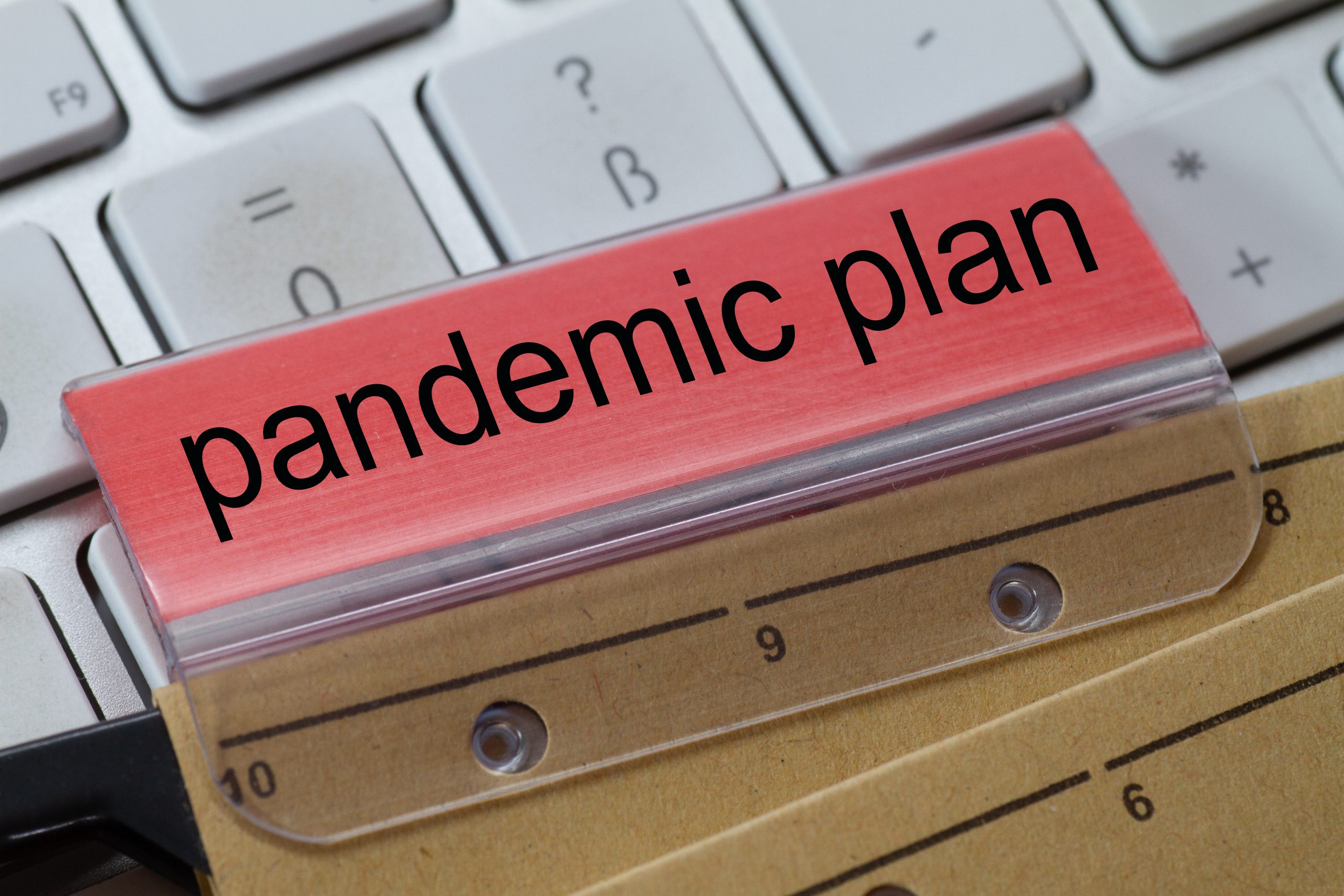
If your organization didn’t have a formal pandemic plan before the Coronavirus pandemic, it’s a sure bet it will have one after it passes. As you begin to get teams together to craft your organization’s plan, there are things you need to keep in mind. Here are a few things to think about.
1. Pandemics are different than other crises. Most other crises- storms, fires, earthquakes, etc. share a similar profile. They are limited to a local or regional geography. They happen and are over quickly. Response can be focused to the specific areas impacted and, although demand for key supplies may experience a flash spike, that spike will quickly recede and revert to normal levels. Pandemics, when fully unleashed, affect the entire world over long periods of time, often recurring in waves of activity that decimate the entire supply chain in a totally disruptive manner. Strategies that might prove effective in natural disasters, such as keeping a 2-3 month supply of key items on hand, will prove ineffective when faced with a global demand 17X of normal usage. Alternative approaches must be considered and written into the plan.
2. Early information is the key. Take a look at the graphic above. It represents the stages of a pandemic. One of the interesting phrases in the graphic is “Interpandemic Phase” which refers to the period of time between the end of one pandemic and the outbreak of a new one. If your organization has created a pandemic plan, this is the time that the existing plan becomes the guidebook for your upcoming response as well as the starting point for revisions you will be making as you confront, battle and surmount the upcoming crisis. The transition to what the graphic refers to as the “Response Phase” is referred to as the “Alert Phase”. The earlier your organization can acquire and verify early warning information, the more likely you will be able to implement your existing plan successfully or acquire needed supplies before others. There are services such as those offered by Resilinc that provide constant surveillance of world events to give advance warning to corporations in order to help them maintain continuity of operations when disasters or other disruptions occur that could be deleterious to operations. Subscribing to such a service could provide your organization with a substantial head start when the next pandemic strikes.
3. Control what you can control. The key to any plan is to control what you can control. Understand the scope of the plan and operate within it. Pandemic plans need to integrate into the plans of other organizations and upward from the entity level to the national and international level (see next point), but the key is to understand what your organization absolutely needs to do to remain in operation and stay afloat through the crisis and incorporate those elements into the plan. In order to create any successful disaster plan, it is absolutely essential to understand in detail the characteristics, strengths and shortcomings of your operation so you can take care of what you need to achieve using your resources and filling in from other sources to cover your shortcomings. The key is to know the scope that the plan needs to address and focus specifically on that.
4. Your plan must fold into other plans. Pandemics exceed the scope of any individual institution or system. Since the scope of a pandemic can be worldwide, intervention and oversight responsibilities extend beyond individual organizations all the way up the scale to the Federal and International level. Therefore, a matrix of responsibility needs to be established with responsibilities assigned to all levels. The current pandemic caught the country without a formal, integrated approach to such a crisis. When the current crisis passes, a very wise approach would be to develop a national pandemic plan that delegates responsibility downward to stets, localities and individual institutions. After the matrix of responsibility has been established, it becomes easier for organizations at every level to craft plans that integrate effectively and optimize the utilization of all resources. At an institutional level, you want to assure that you address all requirements of the plan and provide additional reassurance to your enterprise as well.
5. Continue to learn and incorporate new elements. If your organization had a pandemic plan in place prior to the Coronavirus, there are things you will have learned that you will want to add to the old plan. Plans need to be organic and living. They need to be reviewed and tweaked regularly. For example: if you thought it was a good idea to have a two month supply of disposable PPE on hand, and your organization was hit with a large number of COVID-19 cases, you quickly learned that the old two month supply was the new five day supply, so along the way you landed on a strategy that incorporated reusable PPE into your plan as a backup. The change should be incorporated into your plan. If you previously had no plan, the idea will be incorporated into the initial plan. As new information becomes available, all plans need to be revisited and revised as needed. It is literally a never-ending process.
The five points mentioned in this article are things to keep in mind as you begin to formulate the pandemic plan for your institution or system. The next article in this series will discuss the concept of “Space, Staff and Stuff” as addressed by the Centers for Disease Control.
See you then.
Fred Crans
Healthcare BD Executive
Email: fcrans@stonge.com
Like this article? Subscribe to our blogs: